The Different Learning Styles: Discover Yours and How to Maximize It
Everyone learns differently, and recognizing your learning style can change the way you approach school, allowing you to study more effectively and obtain higher outcomes. Learning styles are the distinct methods in which people receive, process, and retain information. Identifying your chosen study style allows you to personalize your study methods to your full ability.
1. Visual Learners
Visual learners thrive on visuals, graphs, and charts. They understand concepts better when information is provided visually. Mind maps, infographics, and color-coded notes can be quite useful to these students. Watching films or creating diagrams while learning can also help with retention and understanding.
2. Auditory Learners
Listening and speaking are the most effective ways for auditory learners to absorb information. These students thrive at group discussions, lectures, and audio recording. Reading aloud, joining study groups, or listening to podcasts and recorded lectures can all help children learn more effectively. Creating their own verbal descriptions of concepts can also be an effective strategy.
3. Reading/Writing Learners
The reading/writing style is distinguished by an emphasis on textual content. Learners in this category thrive at traditional methods including reading textbooks, taking meticulous notes, and following lists or written directions. They benefit by revising class notes, summarizing knowledge in their own words, and organizing information in logical, structured structures.
4. Kinesthetic Learners
Kinesthetic learners are hands-on and do best when they can physically interact with the material. Experiments, role-playing, and the use of tangible objects help them understand abstract concepts the best. For these students, practical applications, models, and interactive exercises are essential. Even employing gestures or pace while reading notes can help individuals focus and retain information more effectively.
5. Multimodal Learners
While these categories serve as a valuable foundation, it is crucial to note that many people are multimodal learners, which means they benefit from a variety of styles. For example, a student may prefer visual help to understand complex diagrams yet find aural repetition to be more effective for memory retention.
Discovering Your Learning Style
Understanding your learning style does not imply confining yourself to a single way, but rather leveraging your strengths while exploring different techniques. This allows you to modify your learning experience, making it both more productive and fun. Discovering your style is the first step toward realizing your maximum academic potential.
Maximize Your Study Environment
Maximizing your learning style entails more than just recognizing it—it demands conscious use. If you’re unclear about your style, start by trying with several techniques and seeing which ones make you feel more involved and confident. Seek out materials and techniques that correspond to your tastes and implement them into your daily study schedule. Adjust your environment as well—auditory learners may prefer quiet areas or headphones for focused listening, whereas kinesthetic learners may require space for movement or activities.




